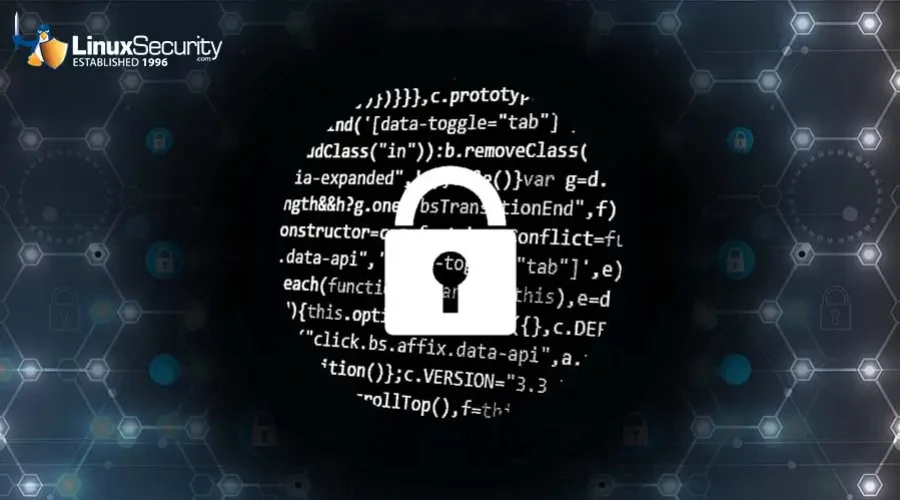New KrustyLoader Backdoor Threatens Linux & Windows Systems

The emergence of the KrustyLoader backdoor, with its variants targeting both Windows and Linux systems, has caught the attention of cybersecurity experts. This critical analysis will delve into the implications of this sophisticated backdoor, raise questions about its long-term consequences, and explore its impact on Linux admins, information security professionals, internet security enthusiasts, and sysadmins.
What Is KrustyLoader Malware?
 The KrustyLoader backdoor is a recently discovered Rust-based malware responsible for targeted attacks on Windows and Linux systems. The Linux variant earned attention for exploiting vulnerabilities in Avanti devices, attributed to the China nexus threat actor group UNC5221. The KrustyLoader backdoor and associated attacks are a wake-up call to the evolving threat landscape and the need for robust cybersecurity measures.
The KrustyLoader backdoor is a recently discovered Rust-based malware responsible for targeted attacks on Windows and Linux systems. The Linux variant earned attention for exploiting vulnerabilities in Avanti devices, attributed to the China nexus threat actor group UNC5221. The KrustyLoader backdoor and associated attacks are a wake-up call to the evolving threat landscape and the need for robust cybersecurity measures.
The Linux variant of KrustyLoader made headlines for its targeted attacks on Avanti devices, which sparked curiosity about the effectiveness of these attacks and how UNC5221 operates. Additionally, mentioning the Windows variant and its exploitation of ScreenConnect raises further intrigue, as it demonstrates KrustyLoader's cross-platform capabilities.
One critical aspect that requires analysis is the potential long-term consequences of KrustyLoader. Given UNC5221's strategic targeting approach, reflecting on its intent and capabilities is essential. Is KrustyLoader just one component of a more extensive arsenal of malware tools? How can security practitioners effectively detect and mitigate such persistent and sophisticated threats? These questions are crucial for Linux admins, information security professionals, and sysadmins to consider to protect their systems and networks.
How Can I Protect Against KrustyLoader Malware? What Are the Security Implications?
Timely patching is crucial in safeguarding against such threats, as unpatched systems remain vulnerable even after patches have been released. This highlights the need for a proactive approach to security, requiring security practitioners to stay vigilant and update their systems regularly. Other malware tools in UNC5221's arsenal, including the CHAINLINE backdoor, FRAMESTING web shell, and ZIPLINE backdoor, raise concerns about this threat group's potential scope and impact.
The implications of the KrustyLoader backdoor are significant for security practitioners. It is a stark reminder that the threat landscape constantly evolves, and adversaries continually find new ways to exploit Windows and Linux system vulnerabilities. As such, Linux admins, infosec professionals, internet security enthusiasts, and sysadmins should prioritize comprehensive security measures, including regular patching, advanced threat detection, and incident response protocols. Collaboration among these professionals and sharing threat intelligence will be crucial in avoiding sophisticated threats like KrustyLoader.
Our Final Thoughts on the KrustyLoader Malware
The KrustyLoader backdoor poses significant implications for Linux admins. The multifaceted nature of this threat, targeting both Windows and Linux systems, calls for a proactive and comprehensive approach to cybersecurity. By staying informed, implementing timely patching, and collaborating with peers in the industry, security practitioners can better defend against the evolving threat landscape. The long-term consequences of KrustyLoader and the activities of threat groups like UNC5221 underscore the need for ongoing vigilance and investment in robust security measures.
























